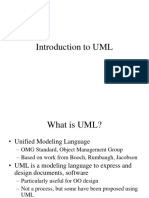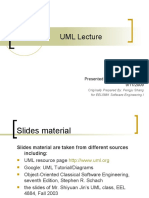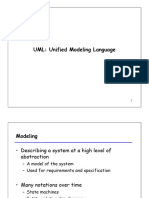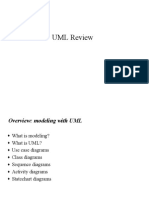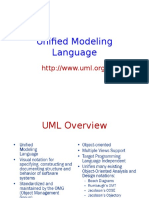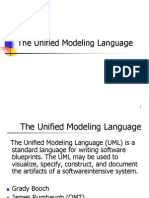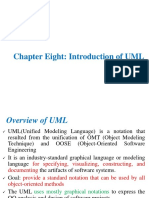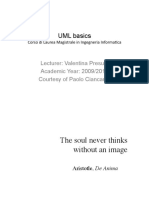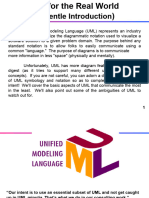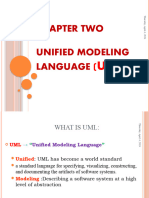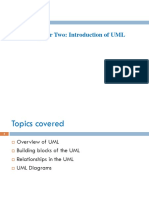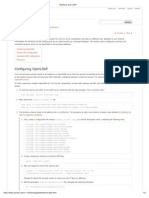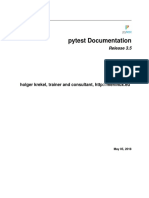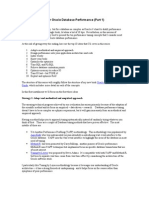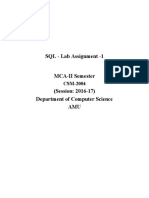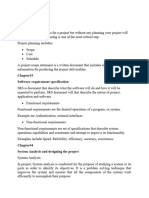0% found this document useful (0 votes)
37 views79 pagesHow Can You Explain The Effect of Or: Polluted Water Global Warming
This document provides an overview of the Unified Modeling Language (UML). It discusses what UML is, why it is used, its history and development, the main types of diagrams used in UML (including class, use case, sequence, state machine, etc.), and how UML can be applied to model systems. The key points are that UML is a standard modeling language used to design and visualize software systems and business processes, it originated from the merging of earlier object-oriented modeling languages and methods, and it employs mainly graphical diagrams to depict different views of a system being modeled.
Uploaded by
Mai LoanCopyright
© © All Rights Reserved
We take content rights seriously. If you suspect this is your content, claim it here.
Available Formats
Download as PPT, PDF, TXT or read online on Scribd
0% found this document useful (0 votes)
37 views79 pagesHow Can You Explain The Effect of Or: Polluted Water Global Warming
This document provides an overview of the Unified Modeling Language (UML). It discusses what UML is, why it is used, its history and development, the main types of diagrams used in UML (including class, use case, sequence, state machine, etc.), and how UML can be applied to model systems. The key points are that UML is a standard modeling language used to design and visualize software systems and business processes, it originated from the merging of earlier object-oriented modeling languages and methods, and it employs mainly graphical diagrams to depict different views of a system being modeled.
Uploaded by
Mai LoanCopyright
© © All Rights Reserved
We take content rights seriously. If you suspect this is your content, claim it here.
Available Formats
Download as PPT, PDF, TXT or read online on Scribd
/ 79
